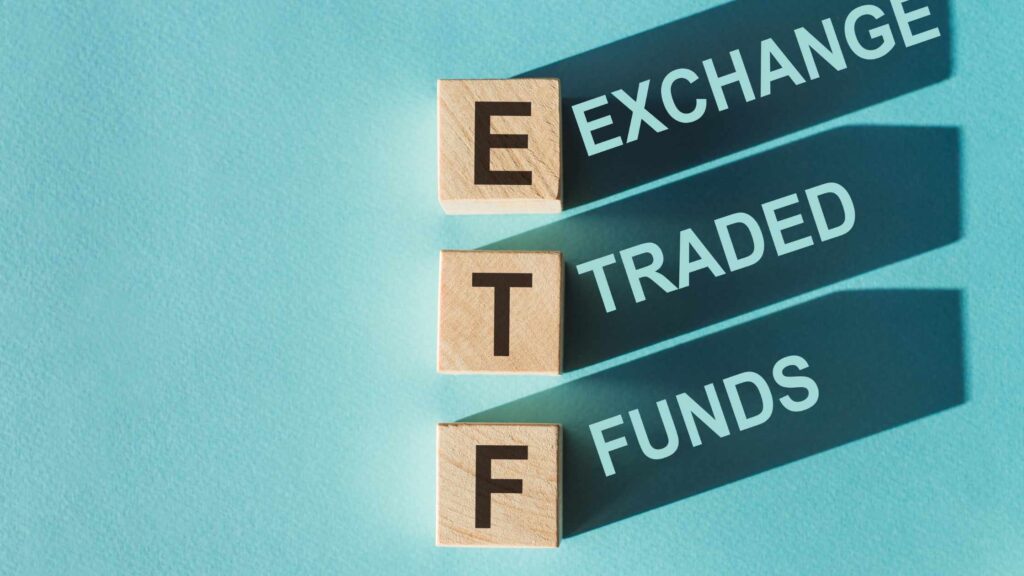Introduction
Exchange-Traded Funds (ETFs) have gained significant popularity among investors in recent years. This article aims to demystify ETFs and highlight their advantages. Whether you are a seasoned investor or just starting out, understanding ETFs can be valuable in building a well-diversified and efficient portfolio.
What is an ETF?
An ETF is a type of investment fund and exchange-traded product. It combines the features of mutual funds and stocks, providing investors with exposure to a diversified portfolio of assets. Unlike mutual funds, which are priced at the end of the trading day, ETFs are traded throughout the day on stock exchanges.
How Do ETFs Work?
ETFs are designed to track the performance of a specific index, such as the S&P 500 or the NASDAQ-100. When you invest in an ETF, you are essentially buying a share of the fund, which represents a portion of the underlying assets. The ETF’s price is determined by supply and demand in the market, similar to stocks.
Advantages of ETFs
1. Diversification
One of the biggest advantages of ETFs is the instant diversification they offer. Since ETFs typically track an index, they hold a broad range of stocks or other assets within that index. This diversification helps to mitigate the risk associated with investing in individual stocks. By investing in ETFs, you gain exposure to a basket of securities, allowing you to spread your investment across different sectors and industries.
2. Liquidity
ETFs are traded on stock exchanges, which means they can be bought and sold throughout the trading day at market prices. This liquidity makes ETFs a flexible investment option, as investors can easily enter or exit their positions. Unlike some other investment vehicles, such as mutual funds, ETFs do not have minimum investment requirements or redemption fees.
3. Transparency
ETFs offer transparency in terms of their holdings. This means that investors can easily see what assets the fund holds, as this information is usually disclosed on a daily basis. This transparency allows investors to make informed decisions based on the underlying holdings of the ETF.
4. Lower Costs
Compared to many mutual funds, ETFs tend to have lower expense ratios. This is because ETFs are passively managed and aim to replicate the performance of a specific index, rather than relying on active management. Lower expenses mean that more of the investment returns are retained by the investor.
5. Tax Efficiency
Another advantage of ETFs is their tax efficiency. Due to their unique structure, ETFs can minimize capital gains distributions. When an investor sells shares of an ETF, they typically trigger a taxable event. However, ETF managers have strategies in place to minimize these taxable events, resulting in potentially lower tax liabilities for investors.
Types of ETFs
ETFs can be categorized into different types based on their investment objective. Some common types of ETFs include:
- Equity ETFs: These ETFs track a specific stock market index or sector, providing investors with exposure to different companies or industries.
- Bond ETFs: Bond ETFs invest in a range of fixed-income securities, such as government bonds or corporate bonds.
- Commodity ETFs: These ETFs provide exposure to commodities like gold, oil, or agricultural products.
- Sector ETFs: Sector ETFs focus on specific sectors of the market, such as technology, healthcare, or energy.
Conclusion
ETFs have revolutionized the way investors access various asset classes. With their advantages of diversification, liquidity, transparency, lower costs, and tax efficiency, ETFs have become a popular choice for both individual and institutional investors. As with any investment, it is essential to conduct thorough research and consider your investment goals before including ETFs in your portfolio.







